


2017-2020 I VOLUME 1
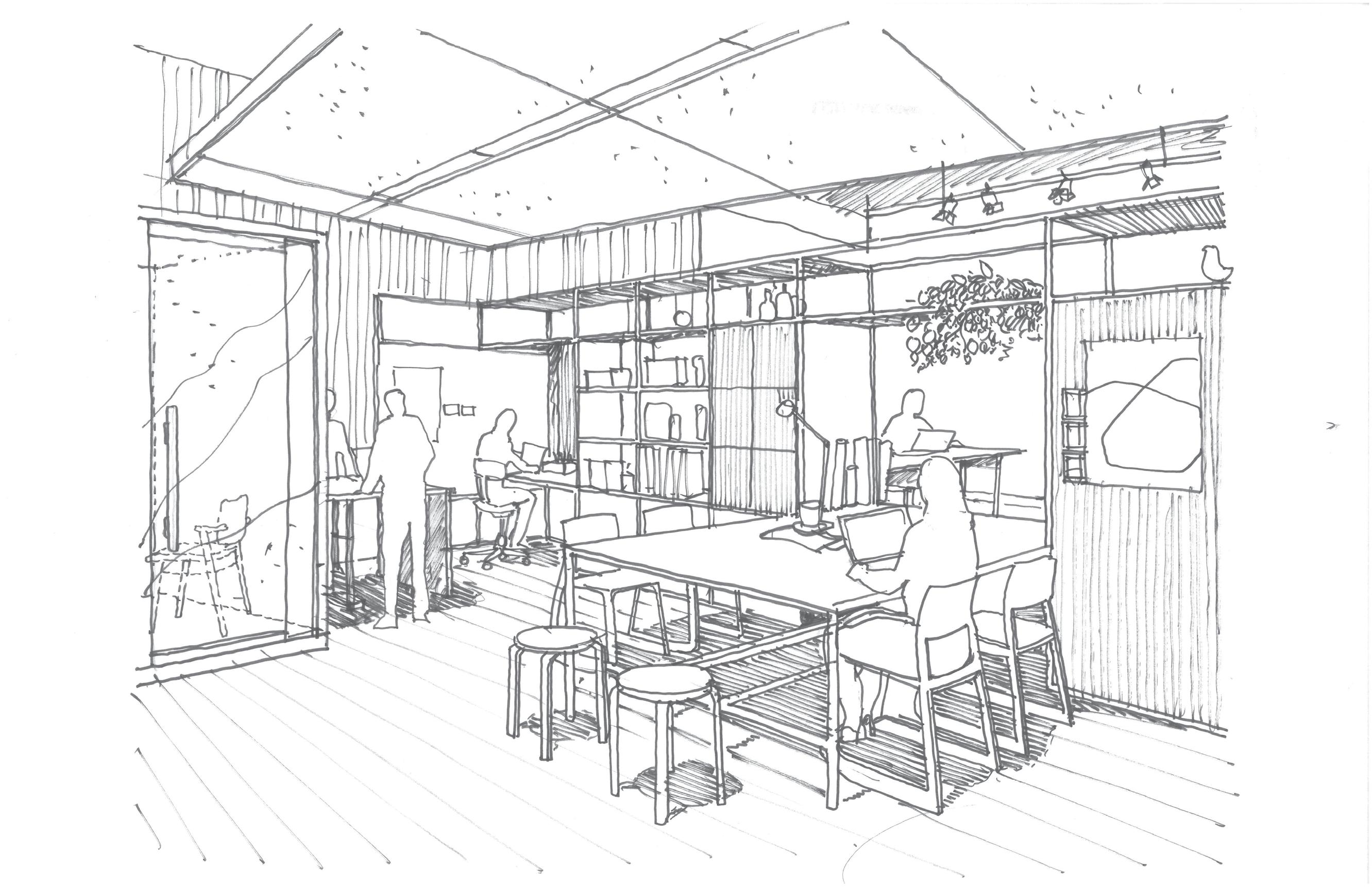
2 PERKINS EASTMAN

“Benchmarking is a common practice and sensible exercise to establish baselines, define best practices, identify improvement opportunities and create a competitive environment within the organization. ... At its best, it can be used as a tool to help companies evaluate and prioritize improvement opportunities.”
- Competitive Solutions Inc.
This document is the first in a series of annual workplace benchmarking reports to be produced by Perkins Eastman. The purpose of this effort is to gain a better understanding of the type and quantity of spaces that our clients need, to identify trends across industries, and—eventually—to track changes over time as we continue to build a robust internal database. Our wide-reaching portfolio of projects, spanning 14 practice areas and 18 interdisciplinary offices, gives Perkins Eastman a unique perspective across industries and regions. Leveraging these valuable internal resources will enable us to better serve our clients, supporting our mission of enhancing the user experience through human-centered, evidence-based design.
3 BENCHMARKS I WORKPLACE
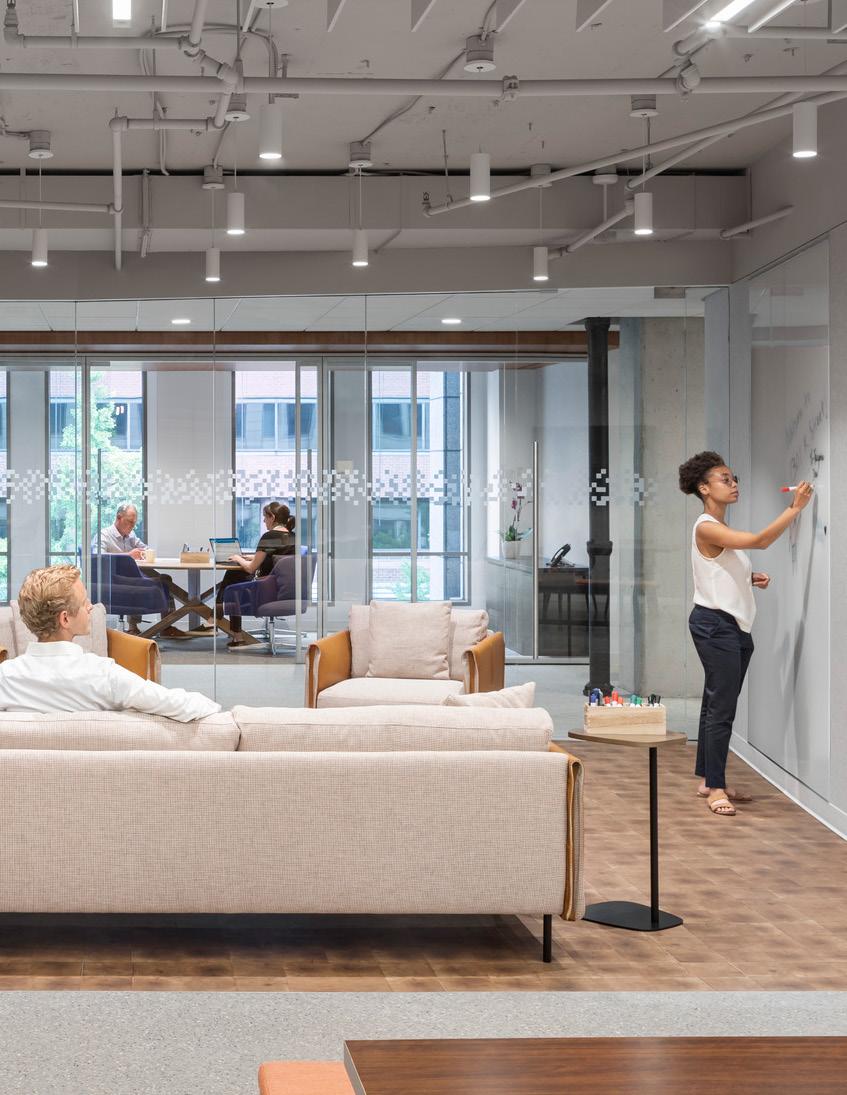
4 PERKINS EASTMAN
Workplace projects analyzed
42
2017 - 2020 WORKPLACE METRICS
Analyzed the floor plans and programmatic data of a diverse set of Perkins Eastman projects
Total area
2,856,887 sf
Industries represented
7
Methods
Total Employees
16,401
Cities/towns across the U.S.
24
Office footprints between
6,900 sf &
425,000 sf
2017 - 2020 EMPLOYEE SURVEYS
Questions related to productivity, wellness, communication and collaboration, among others
Employees responded
3,285
Organizations represented
7
ONGOING RESEARCH
Basic, exploratory and inductive research to identify trends, understand influencing factors, and compare with industry best practices
5 BENCHMARKS I WORKPLACE
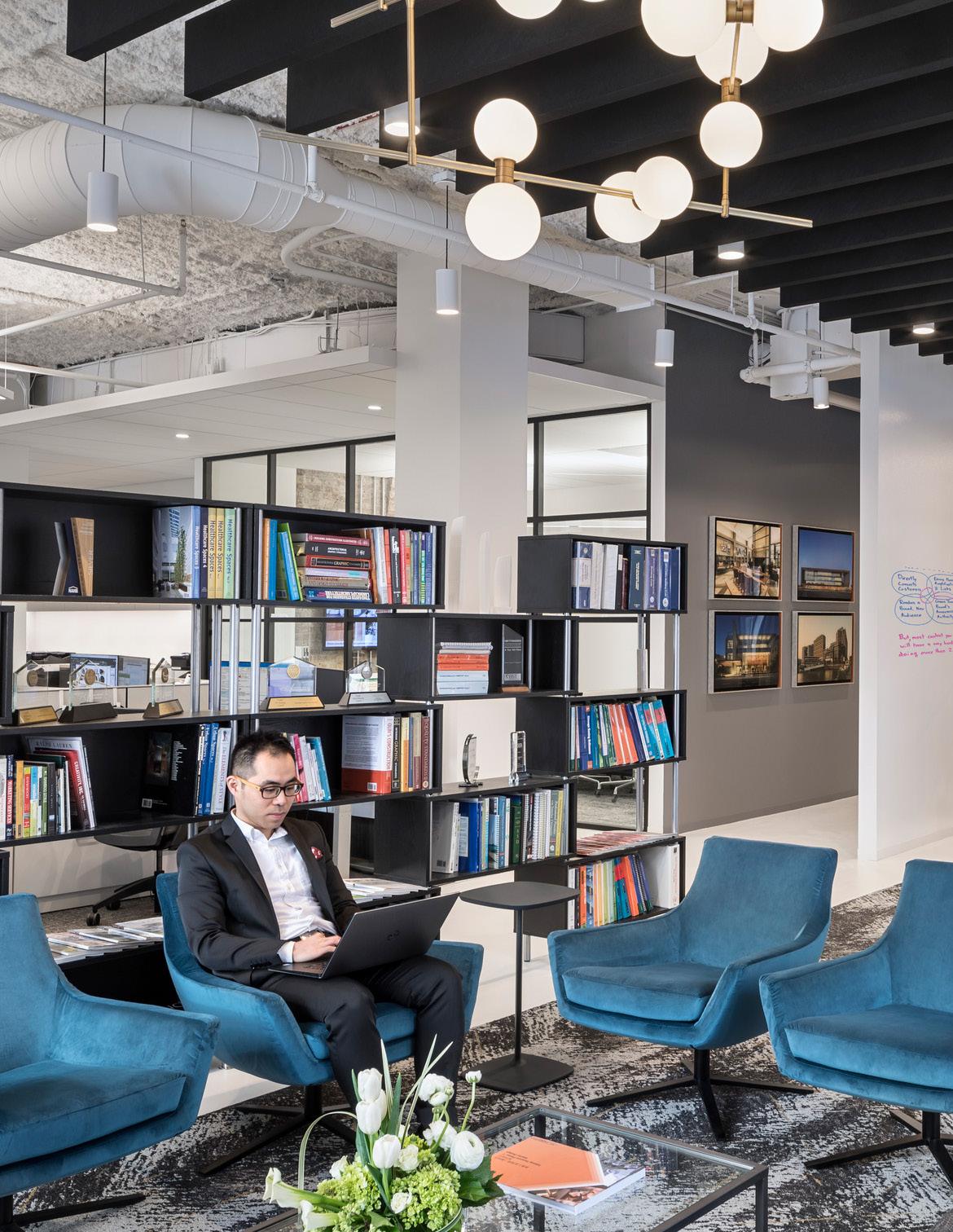
6 PERKINS EASTMAN
Key Takeaways
Pre- and post-occupancy surveys offer valuable insight into what works and what doesn’t work when it comes to space. They help us to identify friction points and obstacles to productivity, as well as opportunities to improve on the functionality of the design. Combined with quantitative project data, employee feedback provides a layer of human context that is essential to our understanding of the space.
A number of common trends emerged in our analysis of survey responses from more than 3,200 employees across five industries. Correlating with the high ratio of open workstations, employees have a strong desire for more private, quiet spaces to accommodate focused work. There is also a desire for more flexibility and choice within the office, including a greater variety of settings for collaborative and individual work. Employee wellness is also a top priority, with a focus on health-promoting features like ample daylight, access to healthy food, and opportunities to move and switch postures throughout the workday.
Main Findings Across Industries
NOISE IS A TOP OBSTACLE TO PRODUCTIVITY
LITTLE SATISFACTION WITH ABILITY TO MODIFY WORKSPACES
HEALTH & WELLNESS IS A TOP PRIORITY
COLLABORATION BETWEEN TEAMS IS A MAJOR CHALLENGE
Recommendations
INCREASE FOCUSED REFUGE
Provide more private spaces (phone/focus rooms, etc.)
IMPROVE FLEXIBILITY
Empower employees by offering adjustable furnishings and a variety of work settings.
ENHANCE WELL-BEING
Reinforce connections to nature (views, daylight, etc.) and provide better access to exercise, healthy food, etc.
PROVIDE MORE SMALL MEETING SPACES
Increase the amount of huddle/flex rooms, etc. with intuitive technology for formal and informal collaboration.
7 BENCHMARKS I WORKPLACE
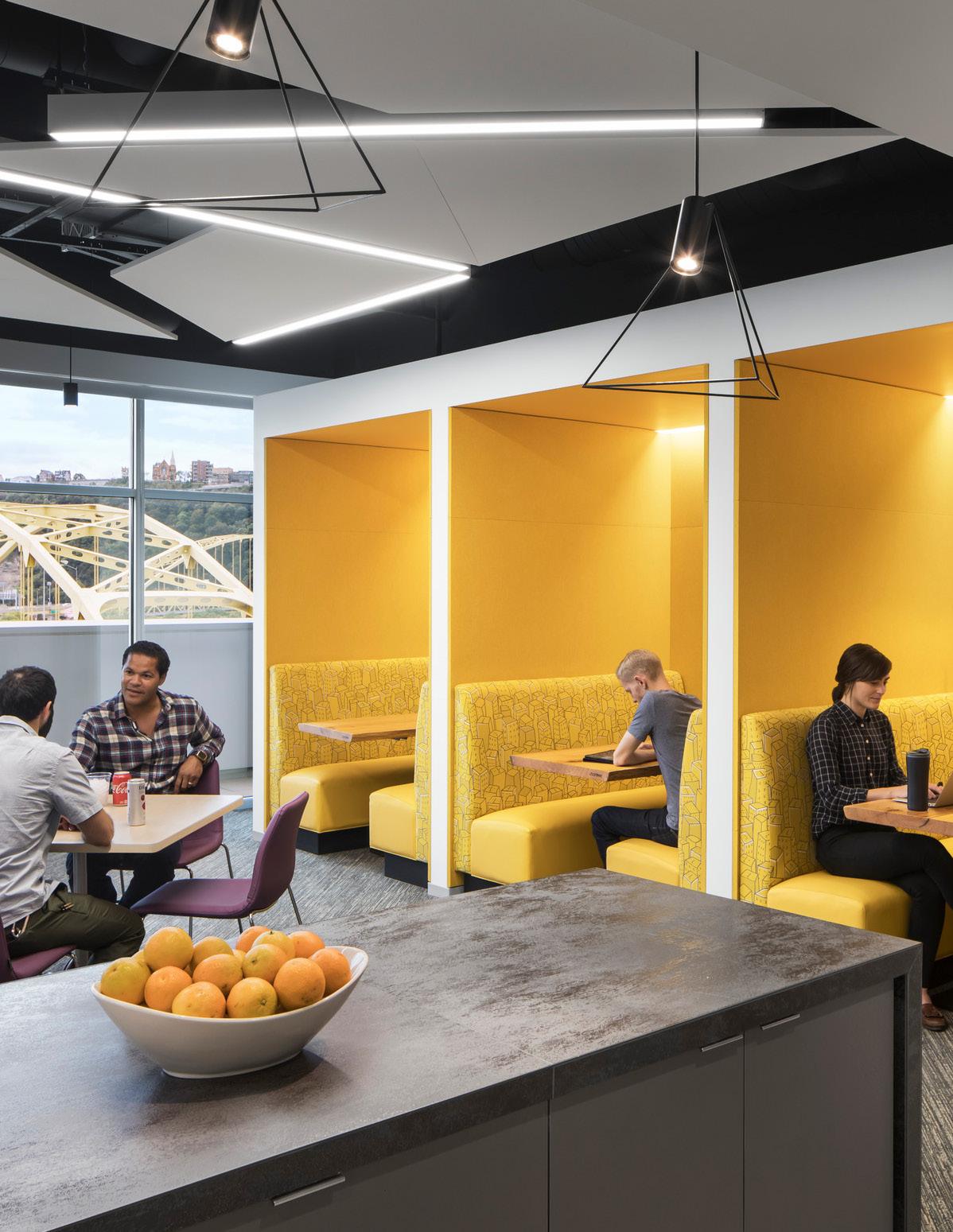
8 PERKINS EASTMAN
Pre-COVID industry benchmarks calculated from Perkins Eastman's projects between 2017 and 2020. "All Industry Average" includes finance, law, non-profit, science & technology, technology, consumer products and government.
Note: For each industry’s Usable Square Feet benchmarks, ranges may vary widely due to the nature of the industry and/or due to the representation of metrics from larger headquarter offices.
2017 - 2020
Industry Benchmarks
Usable square feet (USF) per seat: 353 226 155 HIGH LOW AVERAGE Usable Square Feet (USF) Per Seat INDUSTRY All Industry Average Financial Law Non-Profit Science & Technology Technology Consumer Product Government HIGH AVERAGE LOW 353 226 155 221 149 89 524 391 244 636 242 128 239 187 150 349 188 127 183 153 124 318 271 225 square feet seat: 353 226 155 Closed Office vs. Open Workstation Usable Square Feet (USF) Per Seat Closed Collaboration vs. Open Collaboration INDUSTRY All Industry Average Financial Law Non-Profit Science & Technology Technology Consumer Product Government HIGH AVERAGE LOW CLOSED OPEN CLOSED OPEN 353 226 155 24% 76% 72% 28% 12% 88% 65% 35% 75% 25% 17% 83% 76% 24% 27% 73% 69% 31% 13% 87% 67% 33% 19% 81% 72% 28% 7% 93% 78% 22% 77% 23% 221 149 89 524 391 244 636 242 128 239 187 150 349 188 127 183 153 124 318 271 225
9 BENCHMARKS I WORKPLACE
Finance
Top priority: Easy & reliable access to technology (Wi-Fi, conference room technology, etc.)
Agree that people walking and talking near their desks is an obstacle to productivity
Agree that people overhearing their private conversations is an obstacle to productivity
Are not satisfied with the amount of personal storage and 23% are not satisfied with the amount of space for individual work
Locate major circulation paths away from various workstations
Increase the amount of enclosed workspaces (focus rooms, phone booths, etc.)
Increase usable square feet per seat to accommodate more desktop space and storage
Pre-COVID industry benchmarks calculated from Perkins Eastman's projects between 2017 and 2020. "Other industries" include law, non-profit, science & technology, technology, consumer products, and government.
9 financial offices were analyzed to produce industry-specific benchmarks.
Financial Offices 88% open / 12% closed Other Industries 74% open / 26% closed USF PER SEAT KEY FINDINGS 375 221 149 89 239 116 Finance Other MAXIMUM AVERAGE MINIMUM
47% 41% 37% RECOMMENDATIONS CLOSED OFFICE VS OPEN WORKSTATION 10 PERKINS EASTMAN
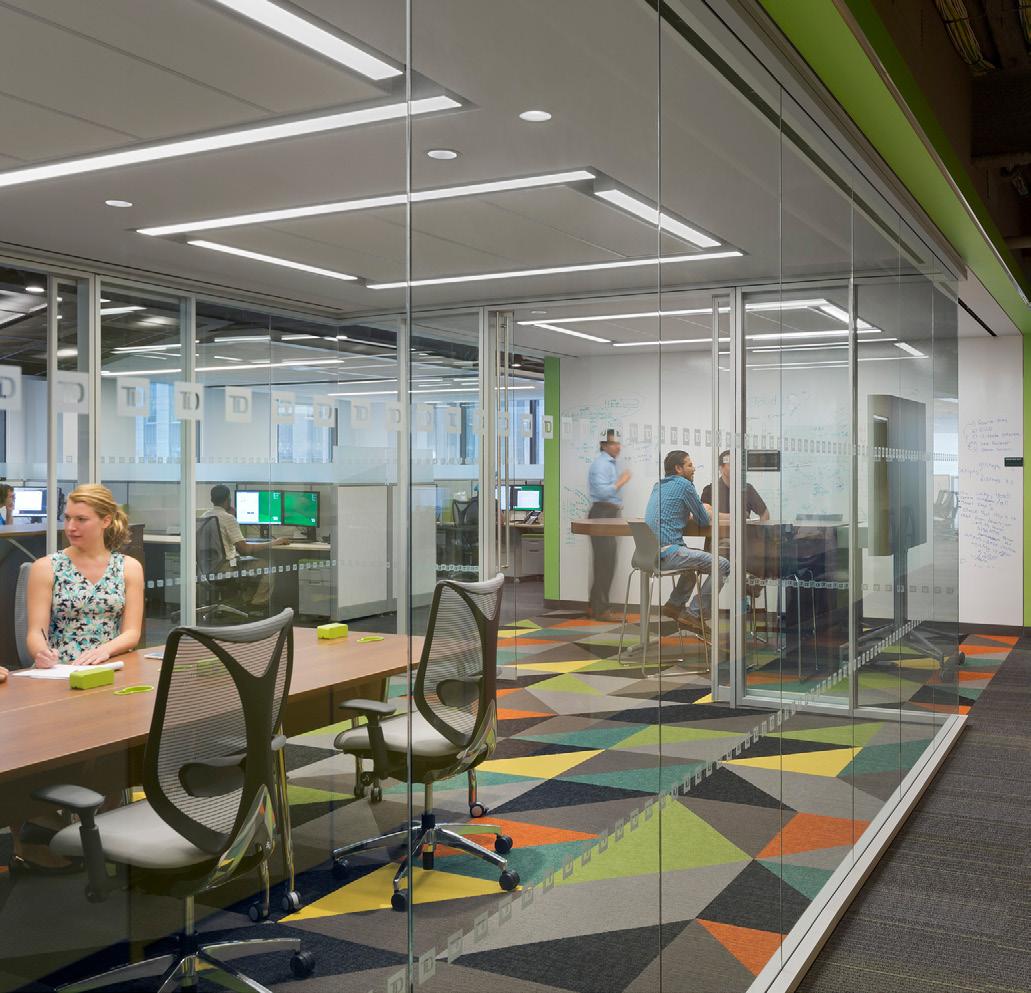
Our benchmarking review found financial services firms to have a relatively high ratio of open workstations and the highest office density, with the average usable square feet per seat falling significantly below the average of other industries. The lack of enclosed workspace correlates with a generally low level of satisfaction with sound privacy as well as distractions from people walking too close to workstations.
Technology integration continues to be a top priority for financial services firms. The industry-wide digital transformation has enabled the shift of processes and services to virtual platforms, leading to an increase in remote and flexible work policies.
11 BENCHMARKS I WORKPLACE
CLOSED AND OPEN COLLABORATION





















COLOR LEGEND
SINGLE OFFICE































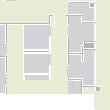


























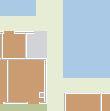














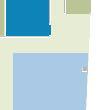
















DOUBLE OFFICE
SHARED DESK
MEETING
OPEN COLLABORATION







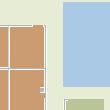


CLOSED COLLABORATION
RESEARCH
PRESENTATION






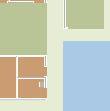



SUPPORT
















Finance Case Study
12 PERKINS EASTMAN
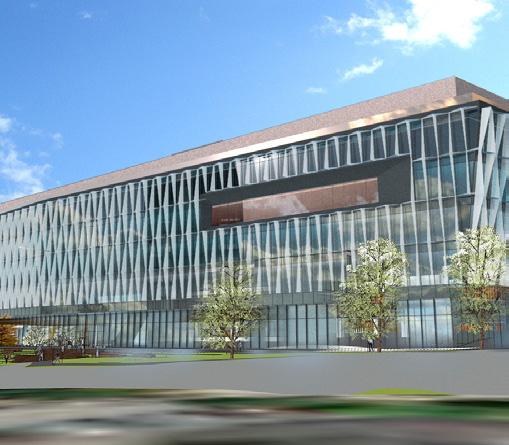
This financial services firm’s new headquarters campus comprises more than 400,000 sf of office space. The design incorporates playful features both inside and out, including a dedicated games space to foster innovation and informal collaboration, as well as former surface parking areas transformed into landscaped courtyards with amenities akin to a college “quad.” In addition, the campus provides the surrounding community with a 41,000 sf public park connected to pathways through the campus. The new office design uses various strategies to improve the employee experience, such as maximizing daylight, integrating work space with state of the art amenities, and creating a unique building circulation system that encourages gathering and collaboration.
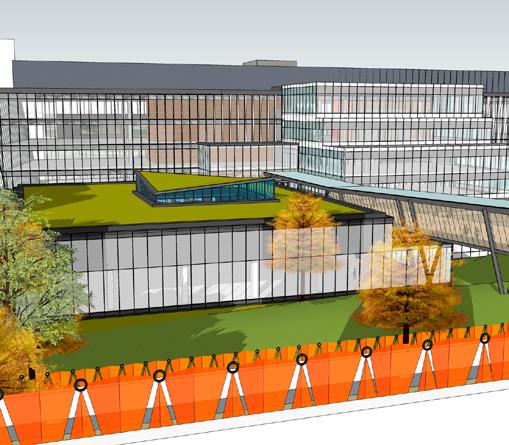
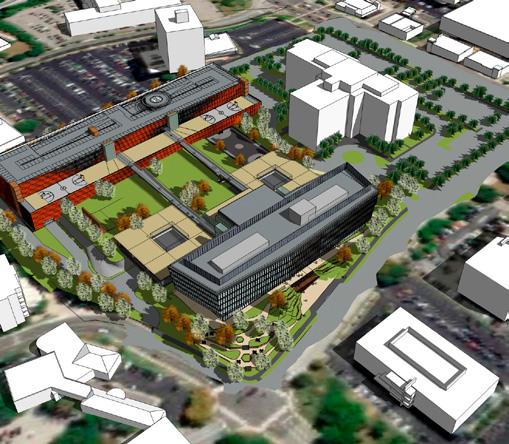
PROGRAM DATA
1,818
WORKPOINTS
277,628
AERIAL
EXTERIOR EXTERIOR
VIEW
13 BENCHMARKS I WORKPLACE
CLOSED COLLABORATION SEATS
USABLE AREA USF / WORKPOINT COLLABORATION RATIO OPEN COLLABORATION SEATS SUBURBAN LOCATION
876 153 504 0.8
TOTAL
Law
Top priority: Strongly prefer enclosed offices over open workstations.
Attorneys desire more standard-size private offices
Long hours increase attorneys’ desire to access a variety of workspaces for both individual and collaborative work
While much content is now virtual, physical files and paper records are still needed
Adopt single-size offices for partners and associates
Increase number of collaborative, flexible working spaces and lounges
Space for physical files continues to be required
Pre-COVID industry benchmarks calculated from Perkins Eastman's projects between 2017 and 2020. "Other industries" include finance, non-profit, science & technology, technology, consumer products, and government.
6 law offices were analyzed to produce industry-specific benchmarks.
USF PER SEAT KEY FINDINGS
CLOSED
RECOMMENDATIONS
OFFICE VS OPEN WORKSTATION
Law Offices 25% open / 75% closed Other Industries 84% open / 16% closed 324 524 391 244 198 140 Law Other
MAXIMUM AVERAGE MINIMUM
14 PERKINS EASTMAN
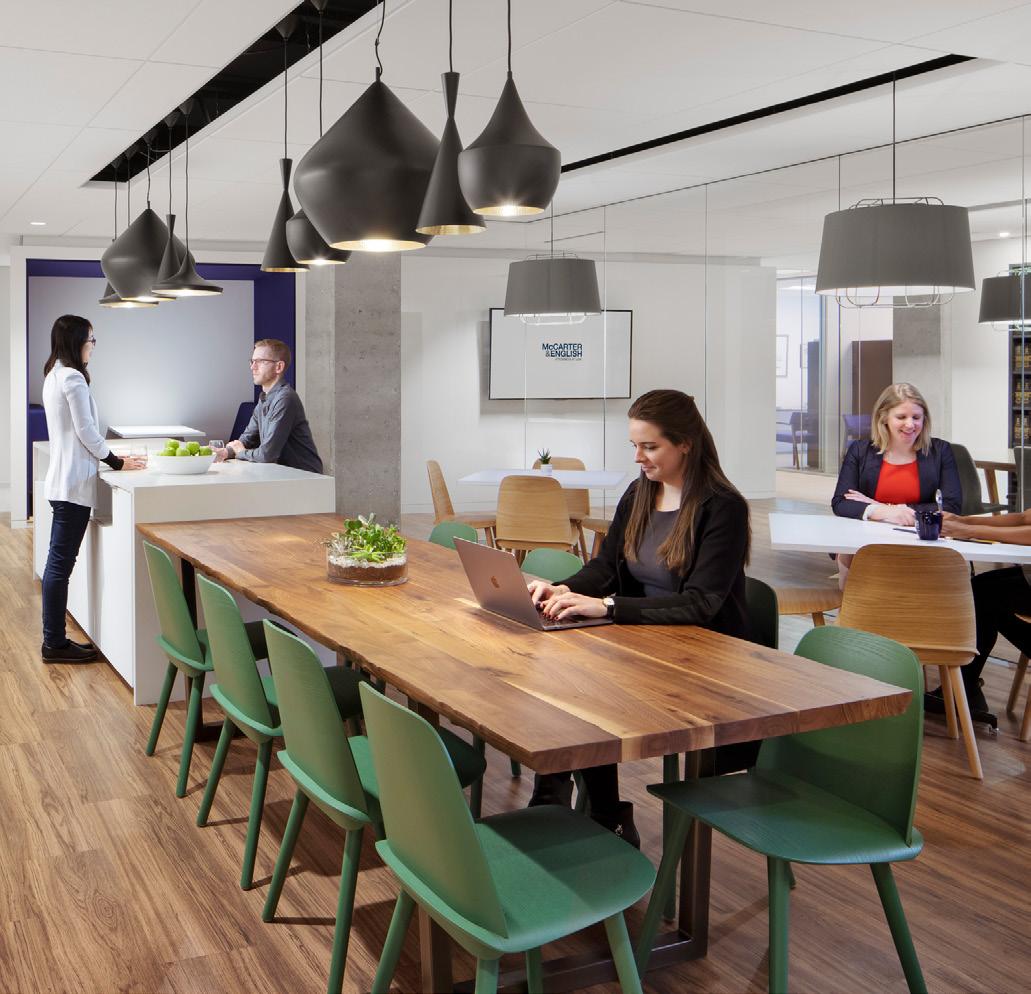
Law offices stand out with a significantly higher amount of usable square feet per seat compared to other industries. At an average of 391 usf per seat, the typical law office consumes nearly twice the amount of space per employee compared to the average of other industries. The sector also stands out with the highest percentage of closed offices (75% closed versus 25% open).
While the nature of work, in general, requires a higher level of privacy and individual focus, law offices have in recent years experienced a shift towards higher office densities and shrinking office footprints.
15 BENCHMARKS I WORKPLACE
EMPLOYEE LOUNGE
SINGLE OFFICE
DOUBLE OFFICE
DESK
MEETING
OPEN COLLABORATION
CLOSED COLLABORATION RESEARCH PRESENTATION SUPPORT COLOR
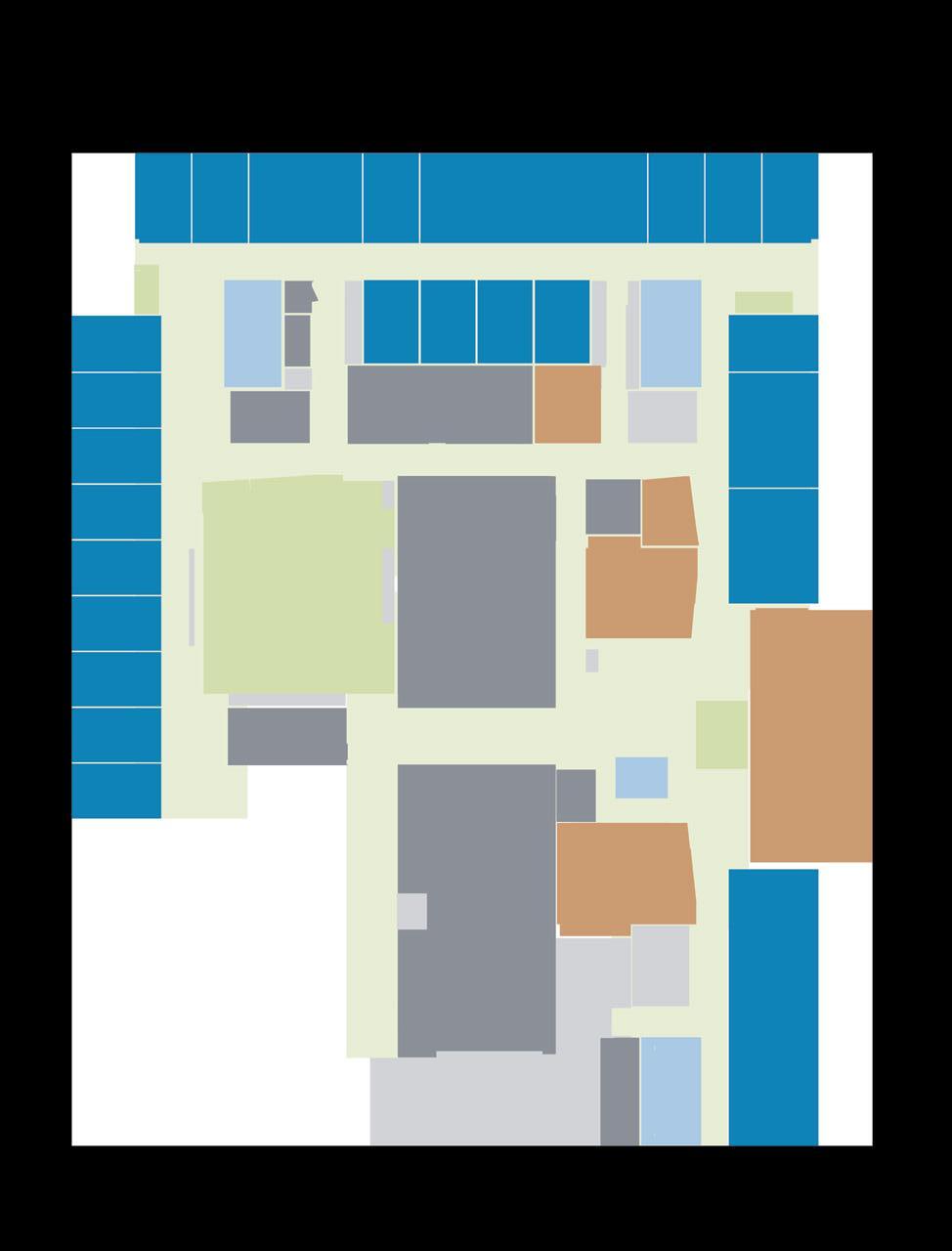
Law Case Study
16 PERKINS EASTMAN
LEGEND SHARED
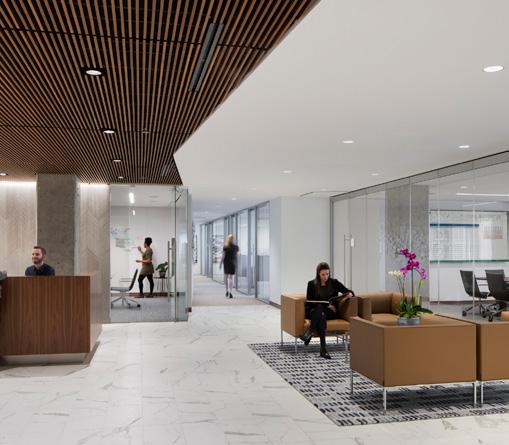
RECEPTION
In operation for more than 170 years, this firm was ready to transform from a traditional hierarchical office to a flexible, team-based environment. Workplace strategies workshops helped establish the goals and vision for the new facility. Key discoveries included creating an overall brand experience for both clients and employees; developing a standard, uniform office size; embracing transparency to support an inclusive and collaborative culture; integrating state-of-the art AV and IT systems and tools; and promoting flexibility to accommodate new technology and future growth. The design concept incorporates a formal centralized conferencing center for hosting client events. Casual areas that support impromptu encounters are distributed throughout the workplace.
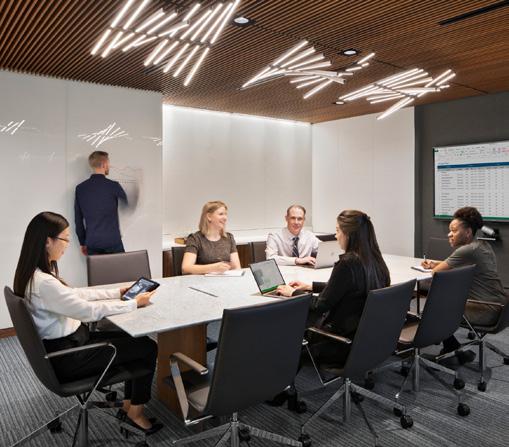
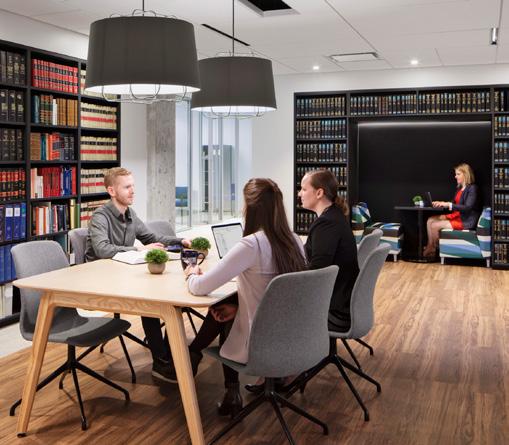
PROGRAM DATA
42
22,000
TOTAL
47
OPEN COLLABORATION
CONFERENCE ROOM
WORKPOINTS
54 524
2.4 CLOSED COLLABORATION SEATS
USABLE AREA USF / WORKPOINT COLLABORATION RATIO OPEN COLLABORATION SEATS URBAN LOCATION 17 BENCHMARKS I WORKPLACE
Non-Profit
Top priority: Privacy and confidentiality
46%
45%
76%
Agree that the quantity of spaces to have a private conversation/call is an obstacle to productivity
Agree that the quantity of small meeting spaces in an obstacle to productivity
Of employees self-identify as Ambiverts (the highest percentage out of all industries surveyed)
Increase the amount of enclosed workspaces (focus rooms, phone booths, etc.)
Provide a greater number and variety of small group meeting spaces, including open collaboration space with acoustic buffers
Prioritize flexible spaces that accommodate shifting between focused/quiet and collaborative tasks
Pre-COVID industry benchmarks calculated from Perkins Eastman's projects between 2017 and 2020. "Other industries" include finance, law, science & technology, technology, consumer products, and government.
7 non-profit offices were analyzed to produce industry-specific benchmarks.
USF PER SEAT KEY FINDINGS RECOMMENDATIONS CLOSED OFFICE VS OPEN WORKSTATION Non-Profit Other Non-Profit Offices 73% open / 27% closed Other Industries 76% open / 24% closed 306 636 242 128 223 160
MAXIMUM AVERAGE MINIMUM
18 PERKINS EASTMAN
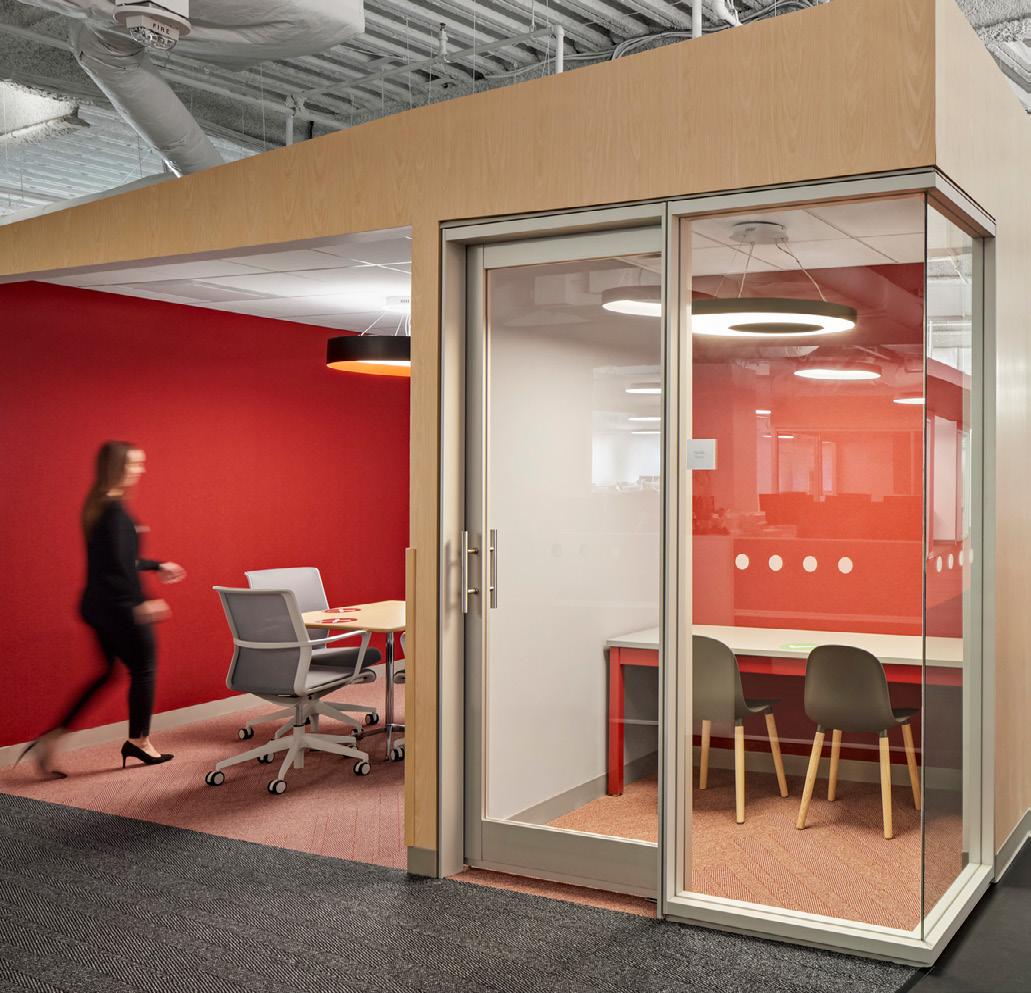
The non-profit sector stands out with a higher-than-average amount of usable square feet per seat compared to other industries (242 usf versus the all-industry average of 223 usf per seat). The ratio of open versus closed workstations falls close to the allindustry average, as does the ratio of open collaboration spaces.
Our surveys found that employees often utilize informal spaces for in-person meetings. Staff are generally satisfied with their amount of desk space, although some desire more storage space and flexibility for their personal workstation. Overhearing conversations and noise distractions were noted as primary barriers to productivity within the office.
19 BENCHMARKS I WORKPLACE
FOCUS ROOM AND OPEN COLLABORATION
Case Study 1 | Community-based Healthcare Organization
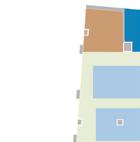
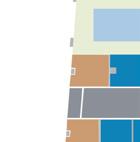
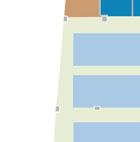

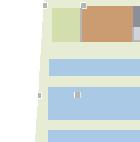
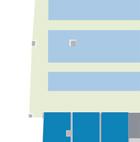
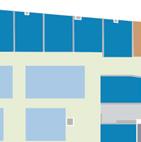


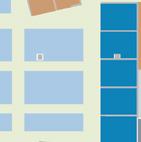

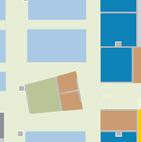
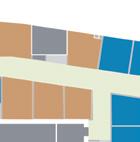

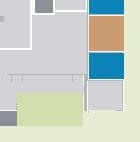

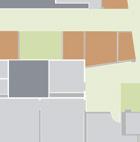

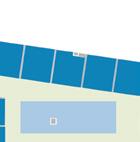
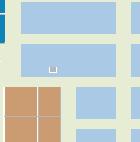
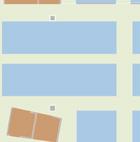
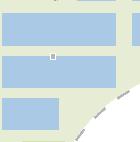

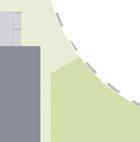
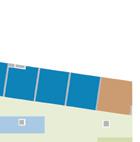
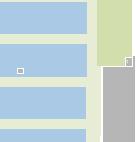

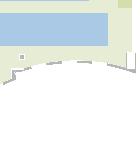


SINGLE OFFICE
DOUBLE OFFICE
DESK
MEETING OPEN COLLABORATION
COLLABORATION


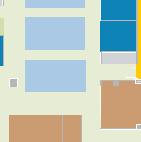
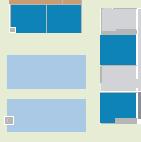


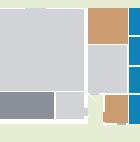


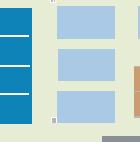




Non-Profit
20 PERKINS EASTMAN
CLOSED
RESEARCH PRESENTATION SUPPORT COLOR LEGEND SHARED
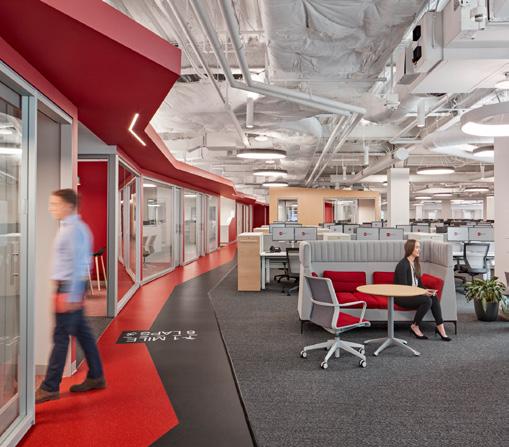
OPEN COLLABORATION
This not-for-profit, community-based healthcare organization was previously distributed across three locations. The inter-professional care teams occupied offices that did not support collaboration, member privacy, the delivery of its programs, and, more importantly, meeting with members to co-design programs. Using workplace guidelines developed for the headquarters, Perkins Eastman leveraged the standards to create purposeful interruptions by locating meeting, huddle and phone rooms on a single floor plate. To accommodate handicapped access, conference rooms and corridors offer ample space for wheelchair bound members. Effective separation of community space and workplace now complies with essential HIPAA privacy guidelines that ensure securing patient information. This is achieved by locating a large community space near the public elevators, which offers a welcoming environment for members to have coffee and meet with friends.
PROGRAM DATA

EMPLOYEE LOUNGE
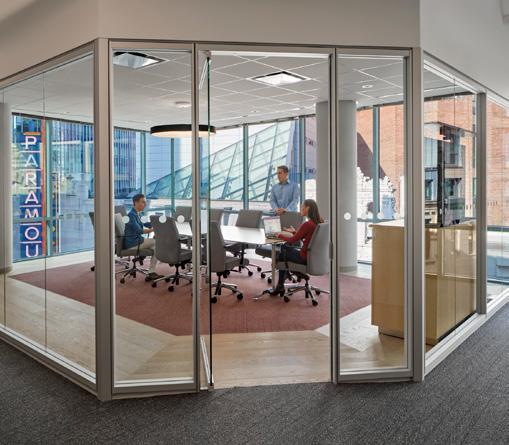
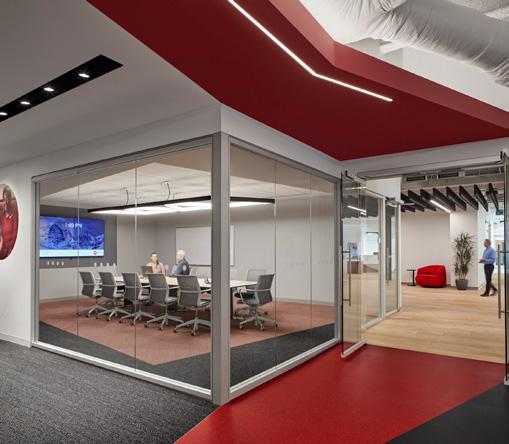
170 128 74 0.4 CLOSED COLLABORATION SEATS TOTAL USABLE AREA USF / WORKPOINT COLLABORATION RATIO OPEN COLLABORATION SEATS URBAN LOCATION CONFERENCE ROOM 21 BENCHMARKS I WORKPLACE
WORKPOINTS 577 73,700
Case Study 2 | Computational Research Organization
SINGLE OFFICE DOUBLE OFFICE
DESK
COLLABORATION
COLLABORATION
Non-Profit
LEGEND
22 PERKINS EASTMAN
MEETING OPEN
CLOSED
RESEARCH PRESENTATION SUPPORT COLOR
SHARED
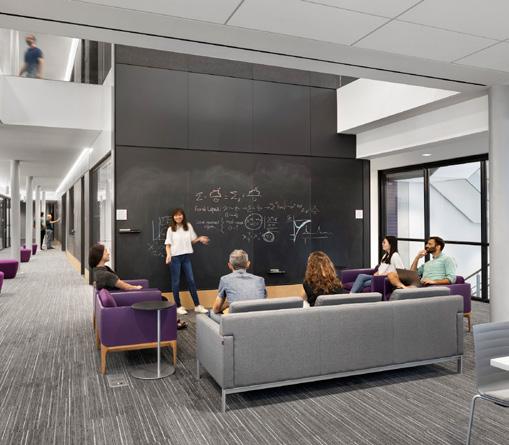
COMMONS COMMONS
This project in an 11-story adaptive reuse building is home to a newly inaugurated computational science research institute which provides research and collaboration spaces for scientists in four units, including astrophysics, biology, mathematics, and quantum physics. The project contains a multi-disciplinary program for up to 250 scientists and computer programmers, and flexible space for visiting scholars and fellows during their frequent collaborations.
The design provides private research spaces organized around a range of collaborative hubs, encouraging casual and frequent interaction between scientists. A new feature stair and strategic floor openings create physical connections, and facilitate collaboration across floors. Amenities include a 100-seat auditorium, classrooms, libraries, board room, roof garden, coffee bars, and a staff dining room.
PROGRAM DATA
77
WORKPOINTS
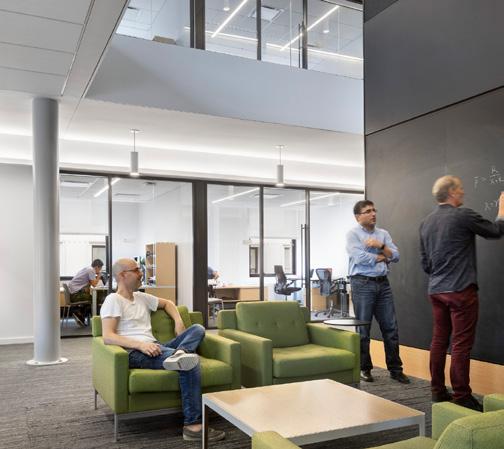
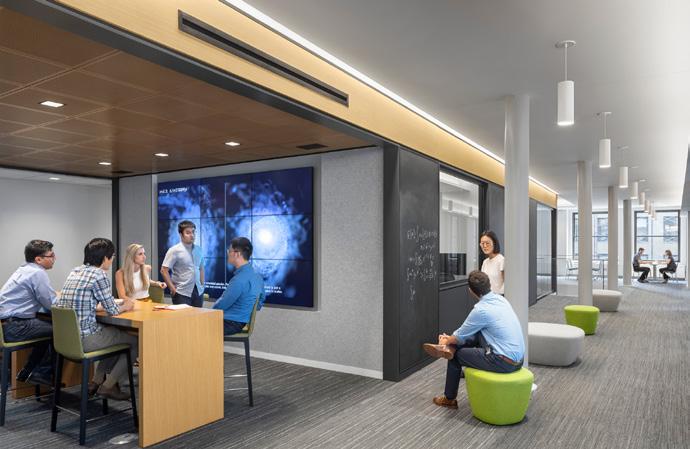
5 128 3
9,866
OPEN COLLABORATION
0.1 CLOSED COLLABORATION SEATS
USF /
COLLABORATION RATIO OPEN COLLABORATION SEATS URBAN LOCATION 23 BENCHMARKS I WORKPLACE
TOTAL USABLE AREA
WORKPOINT
Science & Technology
Top priority: Spaces to support focused work
51%
44%
62%
69%
Are not satisfied with their ability to modify their individual workspaces
Are not satisfied with the amount of personal storage space
Agree that the lack of sound privacy is an obstacle to productivity
Agree that the office provides adequate spaces to hold team meetings
Increase storage space and the ability to modify workstations
Increase the amount of enclosed workspaces (focus rooms, phone booths, etc.)
The amount of enclosed collaboration spaces is adequate for staff needs
Pre-COVID industry benchmarks calculated from Perkins Eastman's projects between 2017 and 2020. "Other industries" include finance, law, non-profit, technology, consumer products, and government.
8 science & technology offices were analyzed to produce industryspecific benchmarks.
USF PER SEAT KEY FINDINGS RECOMMENDATIONS CLOSED OFFICE VS OPEN WORKSTATION Science & Technology Offices 87% open / 13% closed Other Industries 74% open / 26% closed 372 239 187 150 232 156 Science & Technology Other
MAXIMUM AVERAGE MINIMUM
24 PERKINS EASTMAN
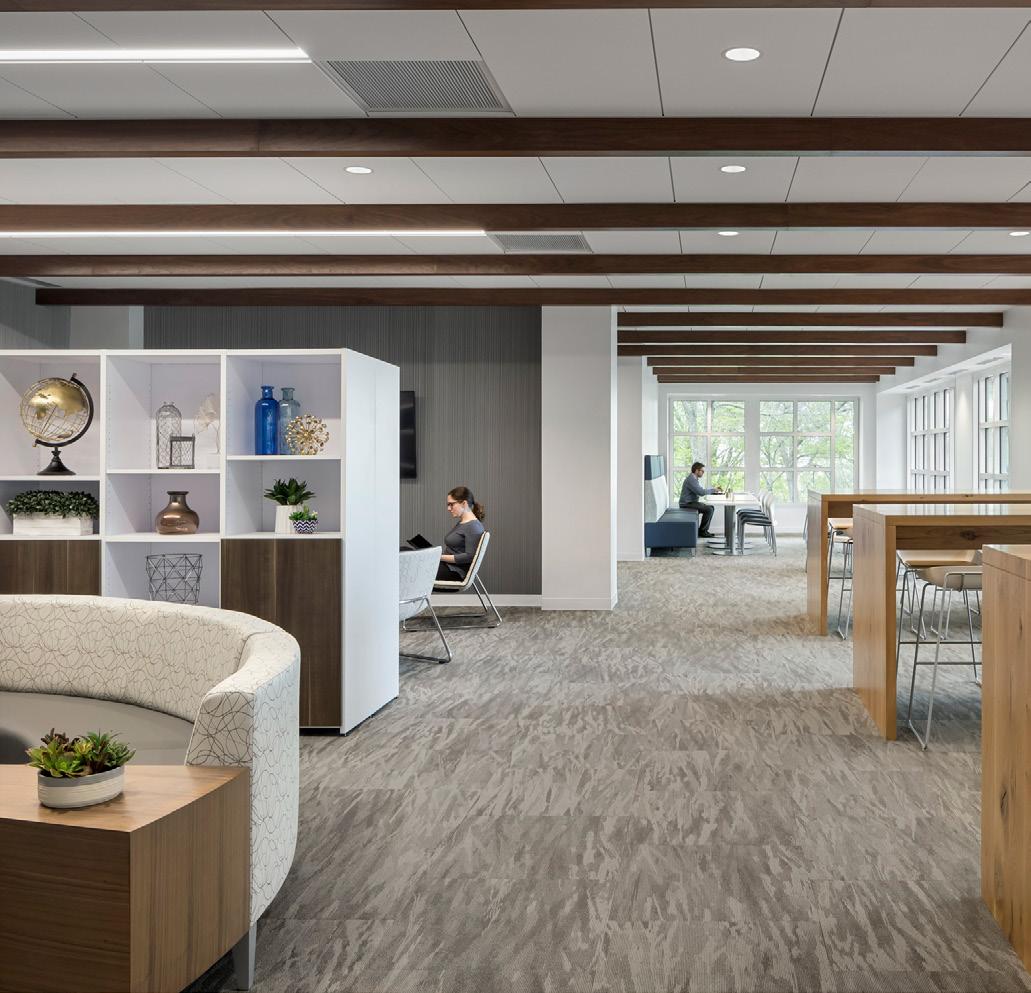
Our benchmarking review found science & technology firms to have a higherthan-average ratio of open versus closed workstations compared to other industries and less usable square feet per seat on average.
In contrast to other industries, many employees within science & technology work from unassigned desks. Our surveys found that storage space and the ability to modify workstations are among the primary concerns of staff. Obstacles to productivity include
sound privacy, noise and thermal comfort. There is a strong desire for more space to accommodate focused work.
Staff reported spending most of their time in virtual meetings and writing emails, as well as doing focused work at their desks. In general, informal meetings and social interactions occur less frequently compared to other industries.
25 BENCHMARKS I WORKPLACE
EMPLOYEE LOUNGE



Science & Technology Case Study


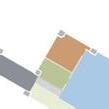





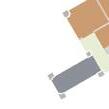
SINGLE OFFICE
DOUBLE OFFICE
SHARED DESK
MEETING

OPEN COLLABORATION
CLOSED COLLABORATION
RESEARCH



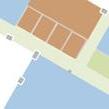



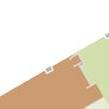









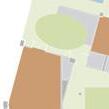
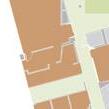
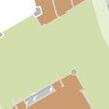








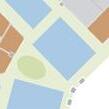

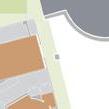

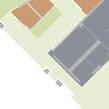


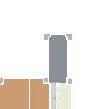



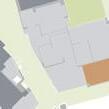




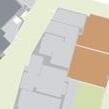




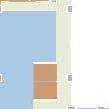









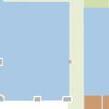









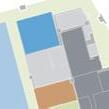





























PRESENTATION SUPPORT COLOR LEGEND
26 PERKINS EASTMAN
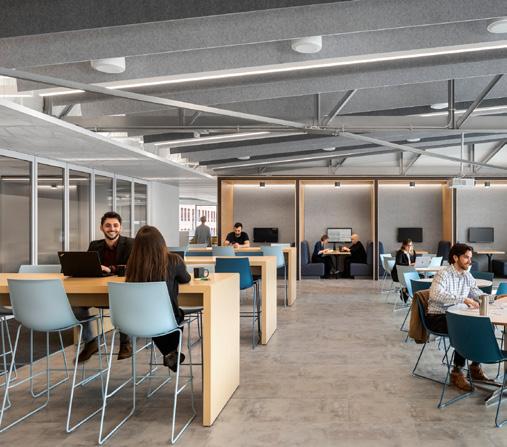
Following the design and implementation of the company’s “Workplace of the Future,” this science & technology firm wanted to understand the impact of the new office environment on employee productivity, collaboration, and well-being. Perkins Eastman engaged in cross-departmental interviews, observational analysis and an employee survey to understand utilization and the level of satisfaction with the newly designed workplace. The team also evaluated the success of the organization’s new flexible work policy. Based on this post-occupancy evaluation, Perkins Eastman developed actionable design strategies to guide workplace standards and policies for subsequent project phases and for the company’s office locations around the world. This analysis provided a comprehensive case study for companies with flexible work policies.
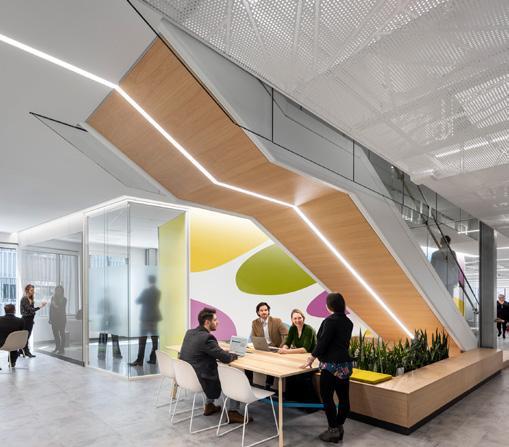
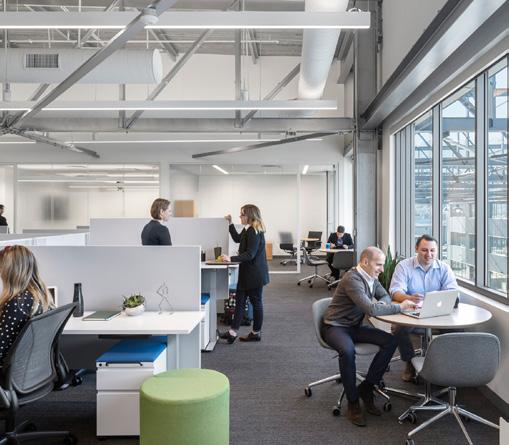
PROGRAM DATA
469
WORKPOINTS
83,190
180
476 177
1.4 CLOSED
OPEN
WORKSTATIONS
CAFE OPEN COLLABORATION
COLLABORATION
SEATS
AREA USF / WORKPOINT COLLABORATION RATIO OPEN COLLABORATION SEATS SUBURBAN LOCATION 27 BENCHMARKS I WORKPLACE
TOTAL USABLE
52%
48%
Top priorities: Prefer highly flexible environments; Strong desire for space to support focused work; Prefer private spaces over open environments Agree the amount of small meeting rooms is an obstacle to productivity Are not satisfied with the amount of phone rooms
Increase the amount of small, flex, or huddle meeting rooms
Increase the amount of enclosed workspace (focus rooms, phone booths, etc.)
Current amount of usable square feet per seat is adequate
Pre-COVID industry benchmarks calculated from Perkins Eastman's projects between 2017 and 2020. "Other industries" include finance, law, non-profit, science & technology, consumer products, and government.
7 technology offices were analyzed to produce industry-specific benchmarks.
USF PER SEAT KEY FINDINGS RECOMMENDATIONS CLOSED OFFICE VS OPEN WORKSTATION Technology Offices 81% open / 19% closed Other Industries 75% open / 25% closed 354 349 188 127 232 160 Technology Other
MAXIMUM AVERAGE MINIMUM
Technology
28 PERKINS EASTMAN
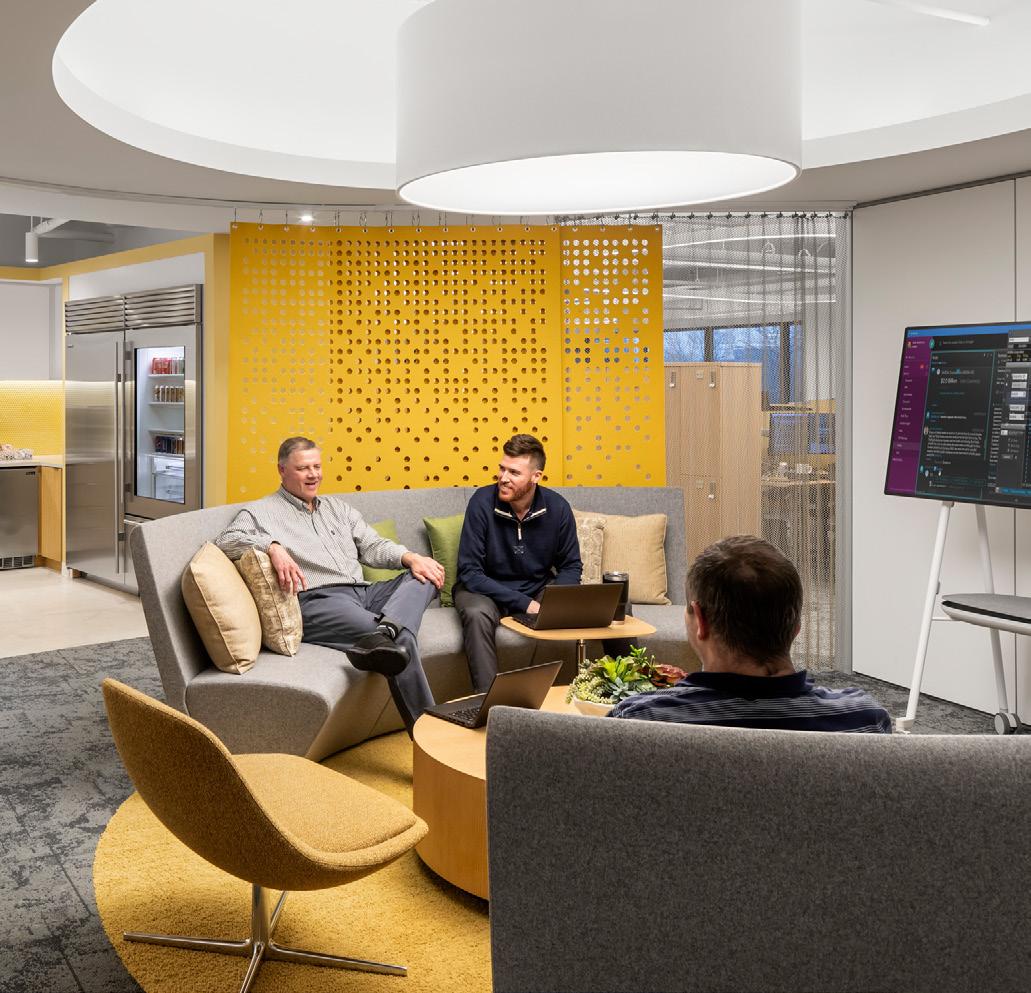
space, and phone rooms could be improved. Lack of privacy is noted as a top obstacle to productivity. OPEN COLLABORATION
Technology firms were found to have a high ratio of open workstations and fall below the industry average in the amount of usable square feet per seat.
Our surveys found the majority of employees prefer small, “flex” meeting rooms and personal workstations that can be modified according to user preferences. However, the amount of desktop space, storage
29 BENCHMARKS I WORKPLACE
Technology Case Study
SINGLE OFFICE
DOUBLE OFFICE
SHARED DESK
MEETING
OPEN COLLABORATION
CLOSED COLLABORATION
RESEARCH
LEGEND
PRESENTATION SUPPORT COLOR
30 PERKINS EASTMAN
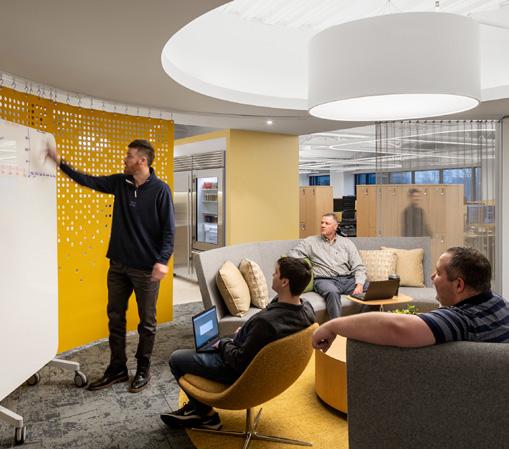
This technology firm was looking to reimagine its headquarters to improve the employee experience. Through this project, the company aspired to create a healthy, productive work environment that stimulates creative thinking, encourages collaboration, attracts new talent, and showcases an expanding global reach. Through on our in-depth workplace strategy engagement process, Perkins Eastman developed actionable design strategies to guide space planning decisions and subsequent project phases. Design recommendations support the key concepts of variety & choice, flexibility & agility, connection & culture, and wellness & culture.
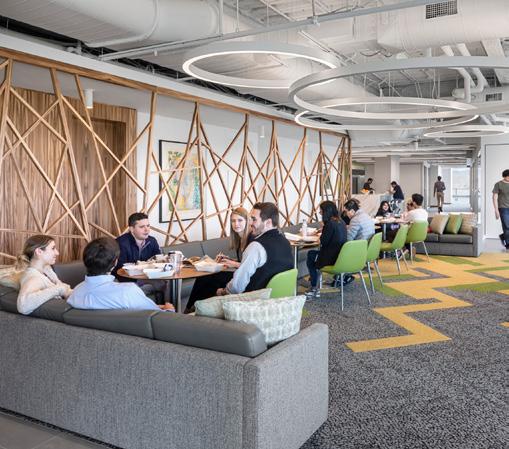

PROGRAM DATA
960
122,039
810 127 17
0.9
RECEPTION
OPEN COLLABORATION EMPLOYEE LOUNGE
WORKPOINTS
CLOSED COLLABORATION
USF / WORKPOINT COLLABORATION RATIO OPEN COLLABORATION SEATS SUBURBAN LOCATION 31 BENCHMARKS I WORKPLACE
SEATS TOTAL USABLE AREA
Consumer Products
Top priority: Frequent interdepartmental collaboration requires many small meeting spaces Are
with the amount of space for individual work Agree that the amount of focus rooms is an obstacle to productivity Agree that the quantity of meeting rooms
Maintain the current ratio of usable square feet per seat
Increase the amount of enclosed workspace (focus rooms, phone booths, etc.)
Locate smaller meeting rooms closer to workstations to encourage more use
Pre-COVID industry benchmarks calculated from Perkins Eastman's projects between 2017 and 2020. "Other industries" include finance, law, non-profit, science & technology, technology, and government.
2 consumer product offices were analyzed to produce industryspecific benchmarks.
USF PER SEAT KEY FINDINGS RECOMMENDATIONS CLOSED OFFICE VS OPEN WORKSTATION Consumer Products Offices 93% open / 7% closed Other Industries 73% open / 27% closed 381 183 153 124 238 161 Consumer Products Other
MAXIMUM AVERAGE MINIMUM
to productivity
50%
satisfied
is an obstacle
68% 32%
32 PERKINS EASTMAN
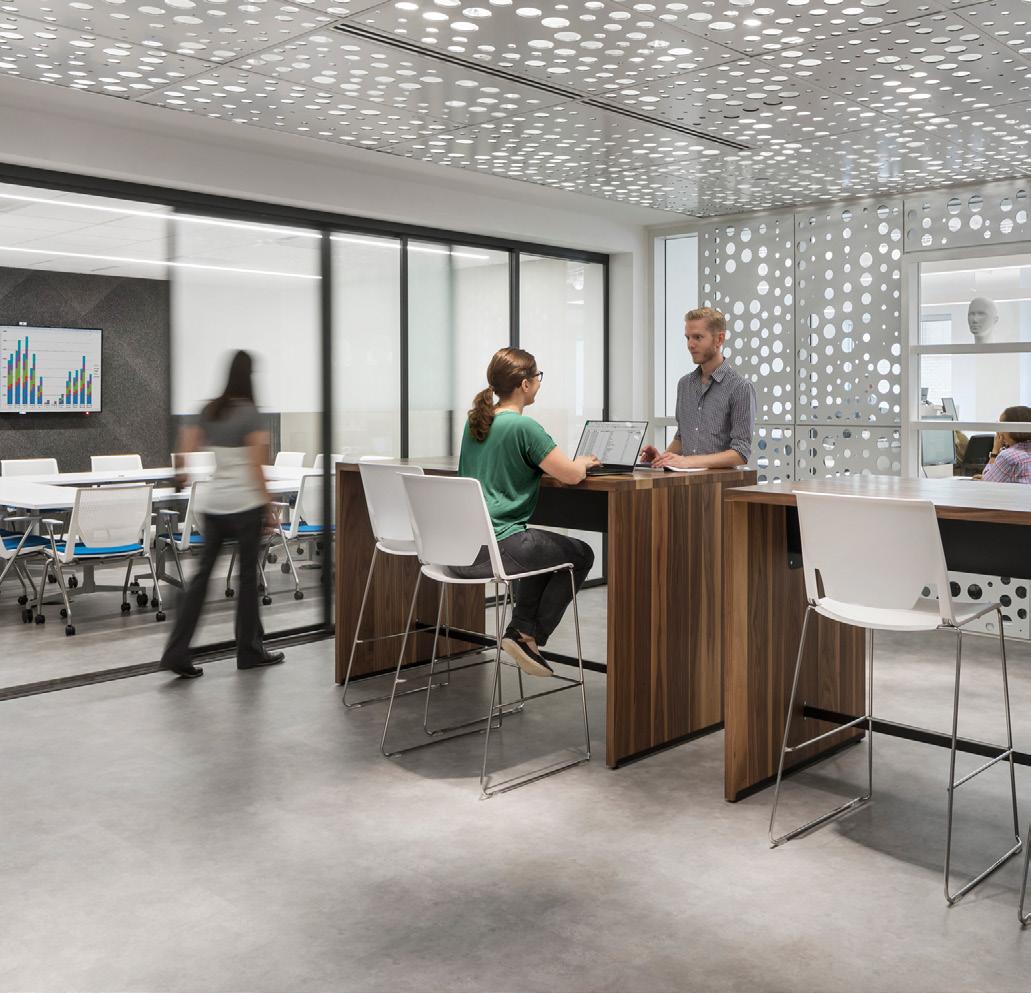
Our benchmarking review found the consumer products industry to have less usable square feet per seat compared to other industries and the highest percentage of open workspace versus closed offices. However, in spite of the high office density and openness of the workspace, our surveys found that employees are generally satisfied with the amount of desktop space.
Sound privacy, general noise, and thermal comfort were noted as obstacles to productivity. The majority of work is headsdown and occurs at the individual desk, while collaboration occurs mainly in enclosed meeting rooms.
33 BENCHMARKS I WORKPLACE
CLOSED AND OPEN COLLABORATION
SINGLE OFFICE
DOUBLE OFFICE
SHARED DESK
MEETING
OPEN COLLABORATION
CLOSED COLLABORATION RESEARCH
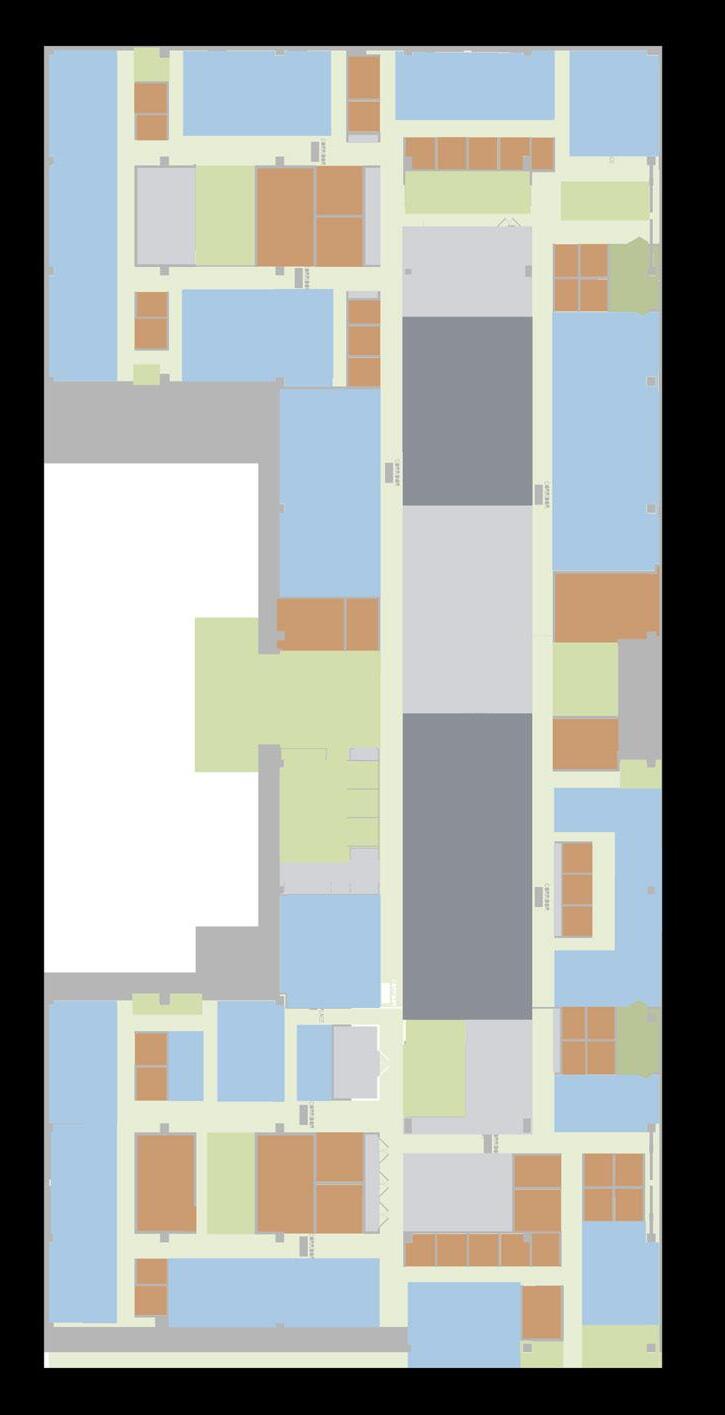
Consumer Products Case Study
LEGEND
PRESENTATION SUPPORT COLOR
34 PERKINS EASTMAN

As a global leader in the development of innovative sleep and respiratory solutions, this company required a new space that is aligned with its Workplace Innovation Program, which is based on the principles of shared space, flexibility, mobility, and sustainability. The new dynamic Digital Hub workplace provides a creative environment for new product development, marketing, and co-creation with outside companies and the local institutional community. The space promotes connectivity and collaboration by providing free-address, desk sharing, and alternative work settings. The open, flexible workplace incorporates “scrum development process” areas that support cross-functional, multi-learning team members. As the hub of the office, the pantry is designed to serve as an alternative workplace for employees and visitors, and to support the company’s plan for hosting informative events for its institutional and corporate partners.
PROGRAM DATA
1,220
WORKPOINTS
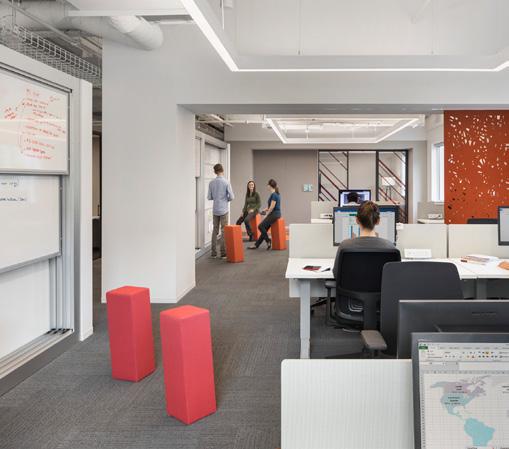
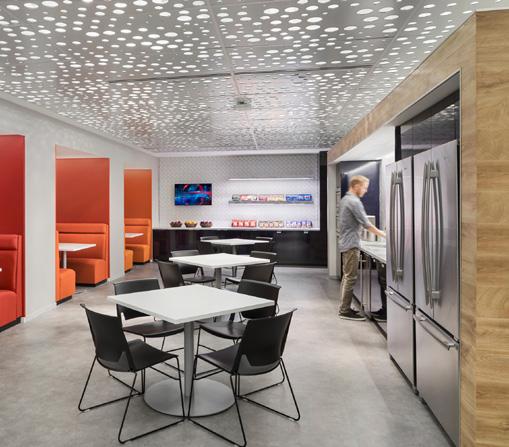
150,915
622
773 124
1.1
EMPLOYEE LOUNGE OPEN WORKSTATIONS OPEN COLLABORATION
CLOSED COLLABORATION SEATS TOTAL USABLE AREA USF / WORKPOINT COLLABORATION RATIO OPEN COLLABORATION SEATS URBAN LOCATION 35 BENCHMARKS I WORKPLACE
Government
Top priority: Require closed collaboration for security/confidentiality; Open workstations are prevalent due to their efficiency.
KEY FINDINGS
Government agencies can vary greatly, therefore it’s important to note it is a difficult industry to generalize
RECOMMENDATIONS
Find ways to break up perimeter offices to allow greater access to daylight
Provide greater user control over ventilation and artificial lighting
Implement a robust infrastructure that allows for future flexibility
Pre-COVID industry benchmarks calculated from Perkins Eastman's projects between 2017 and 2020. "Other industries" include finance, law, non-profit, science & technology, technology, and consumer products.
3 government offices were analyzed to produce industry-specific benchmarks.
Workspace Type Government Offices 83% open / 17% closed Other Industries 75% open / 25% closed 359 318 271 225 218 144 Government Other
MAXIMUM AVERAGE MINIMUM
USF PER SEAT
Many government offices
staff complaints
indoor air quality
light
require/ desire updated technology (AV, etc.) Typical
center on poor
and insufficient daylight/artificial
36 PERKINS EASTMAN
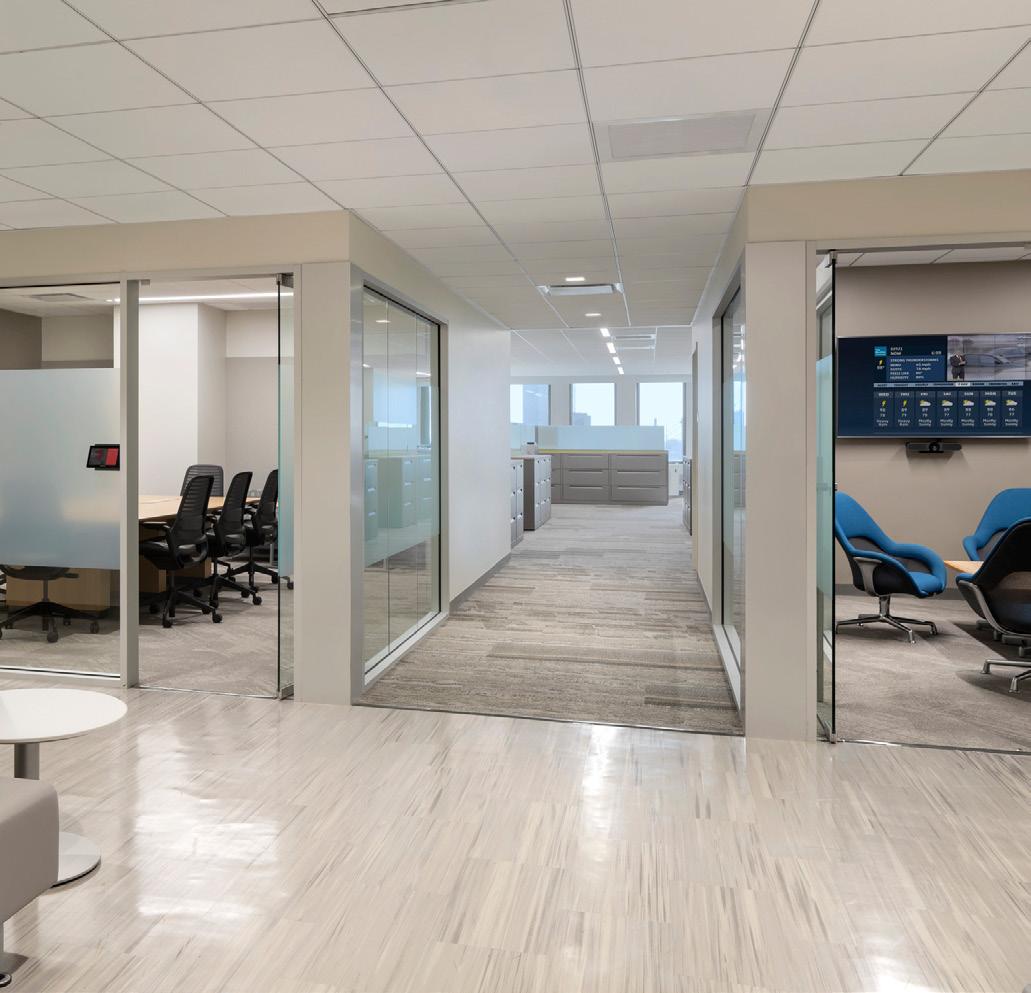
Government offices are relatively inefficient compared to other industries, with an average of 271 usable square feet per seat compared to the all-industry average of 218 usf. The ratio of open workstations is higher compared
to other industries, while the percentage of closed collaboration space is slightly higher than the all-industry average.
37 BENCHMARKS I WORKPLACE
CLOSED COLLABORATION
SINGLE OFFICE
DOUBLE OFFICE
SHARED DESK
MEETING












OPEN COLLABORATION
CLOSED COLLABORATION
RESEARCH
PRESENTATION
SUPPORT





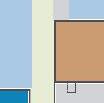






































































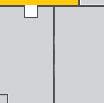













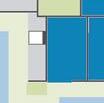




















COLOR LEGEND
38 PERKINS EASTMAN
Government Case Study
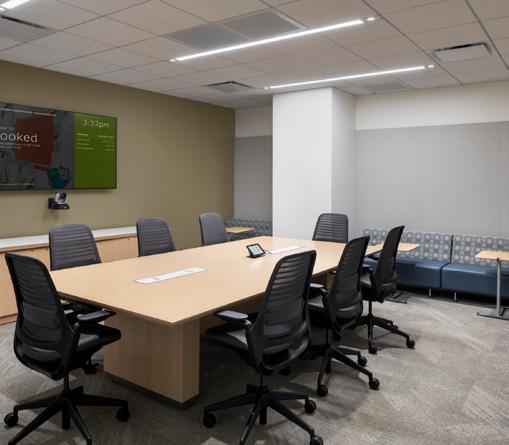
The federal government awarded Perkins Eastman two successive five-year IDIQ contracts for a broad range of professional services, including project management, planning, architecture, interior design, and construction administration. Under those contracts, the firm has completed more than 50 projects, ranging from feasibility studies to design and construction. The types of project range from small office tenant alterations to major building infrastructure upgrades. All projects have restricted access and, with some Federal Agencies, very high security. Most of the tenant work is either LEED Certified or follows LEED standards. The example shown here illustrates a large tenant alteration.
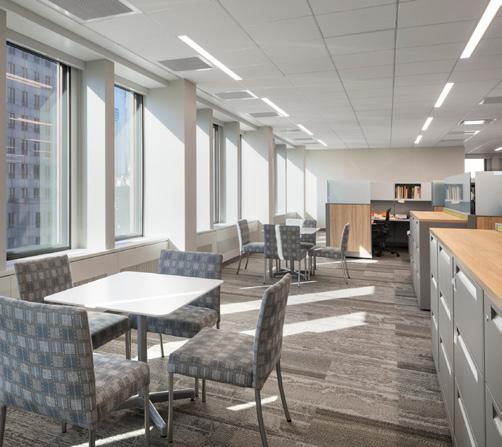
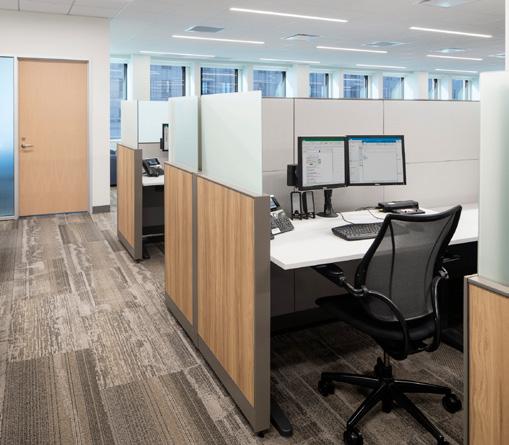
PROGRAM DATA
OPEN WORKSTATIONS CONFERENCE ROOM OPEN COLLABORATION
WORKPOINTS 454 122,960 263 271 46 0.7 CLOSED COLLABORATION SEATS TOTAL USABLE AREA USF / WORKPOINT COLLABORATION RATIO OPEN COLLABORATION SEATS URBAN LOCATION 39 BENCHMARKS I WORKPLACE
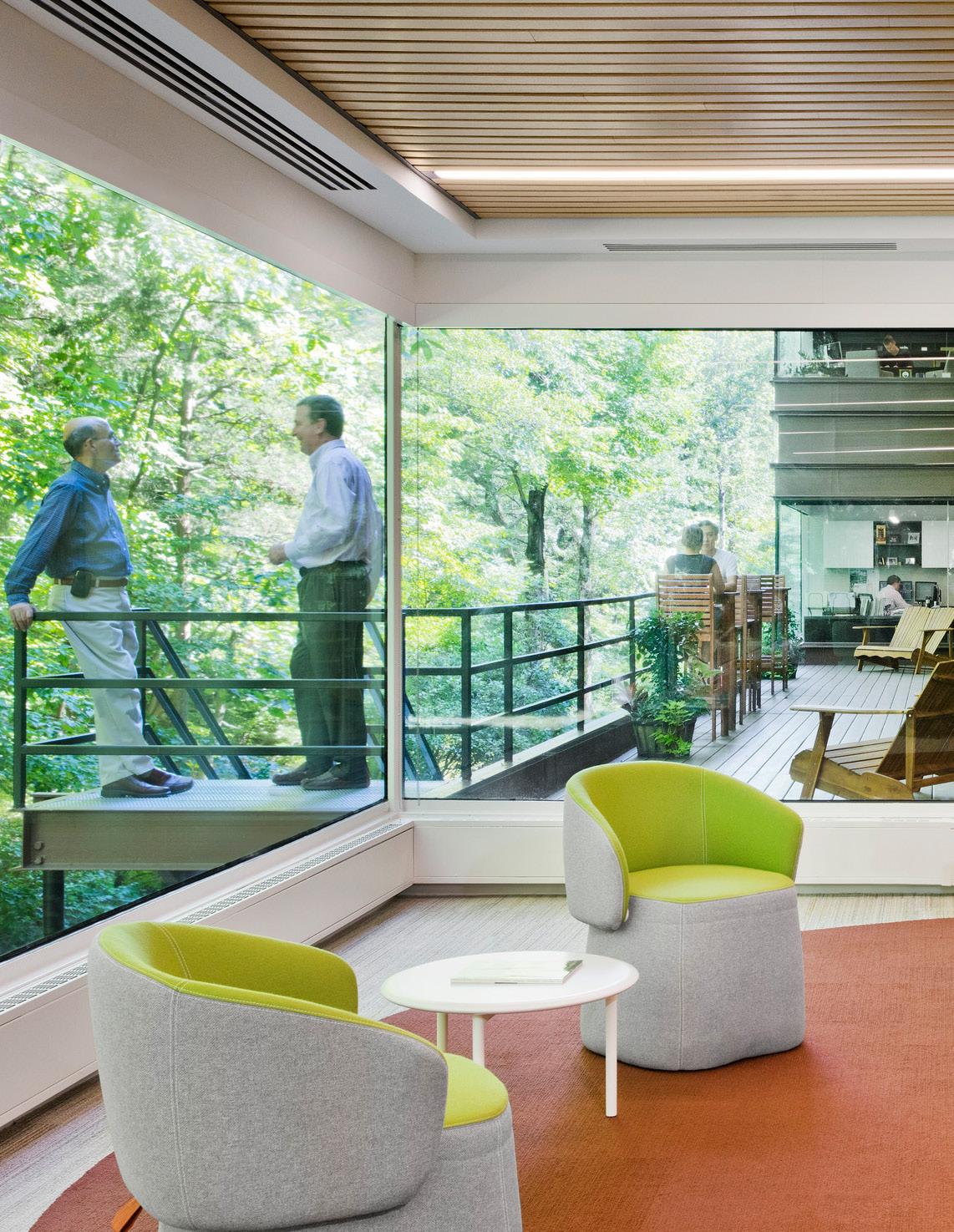
40 PERKINS EASTMAN
Projections
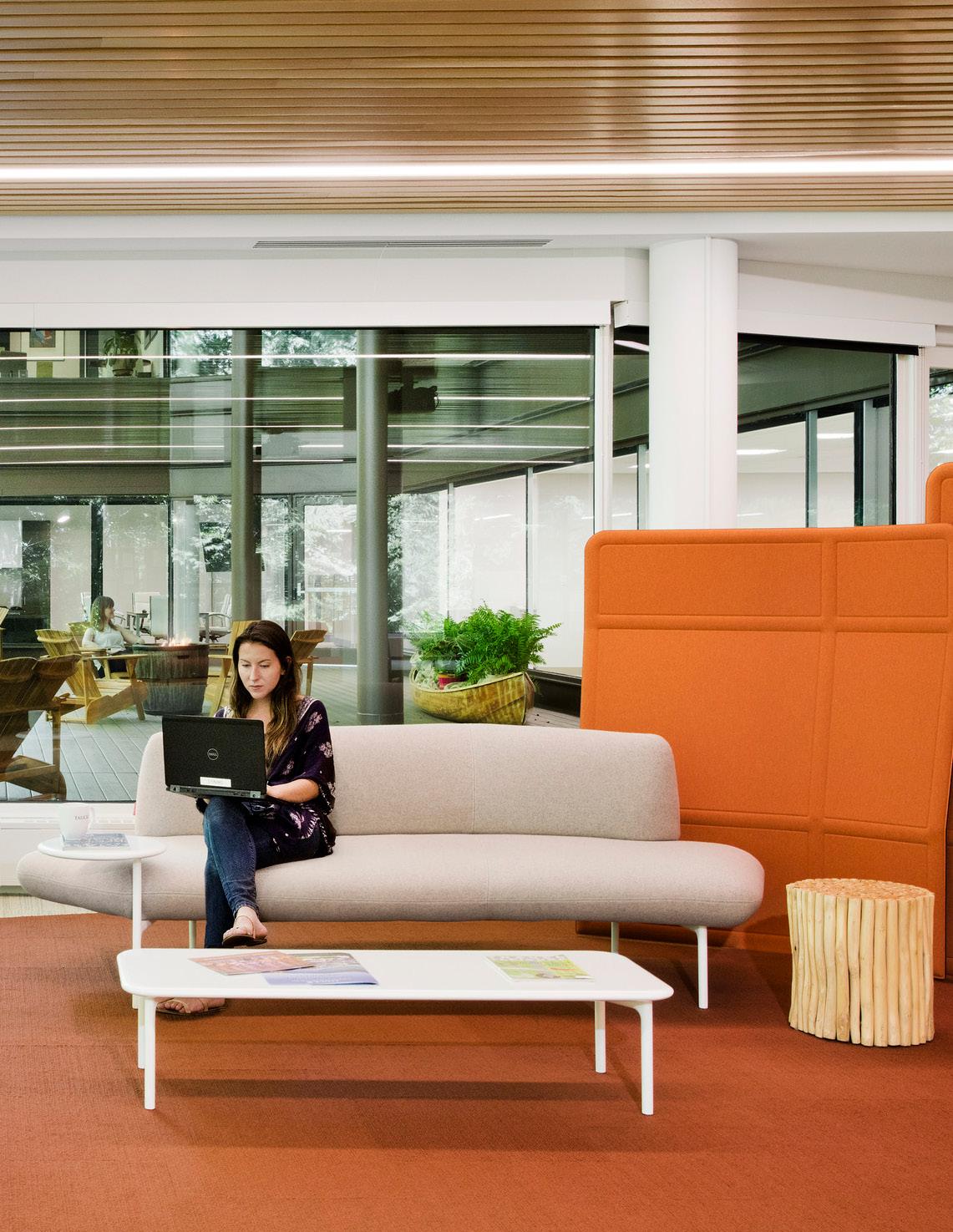
It is important to note that the metrics and recommendations contained in this report were gathered prior to COVID-19, which has since had a significant impact across industries. In addition to industry-specific demands, larger trends driven by COVID-19 will continue to shape the future of the workplace. The rise of remote work, the expanding role of technology, and an intense focus on employee health and well-being are at the forefront of design and planning decisions as companies navigate re-entry and beyond. These changes are likely to affect office standards; future assessments will provide a useful comparison between pre- and post-COVID benchmarks.
41 BENCHMARKS I WORKPLACE
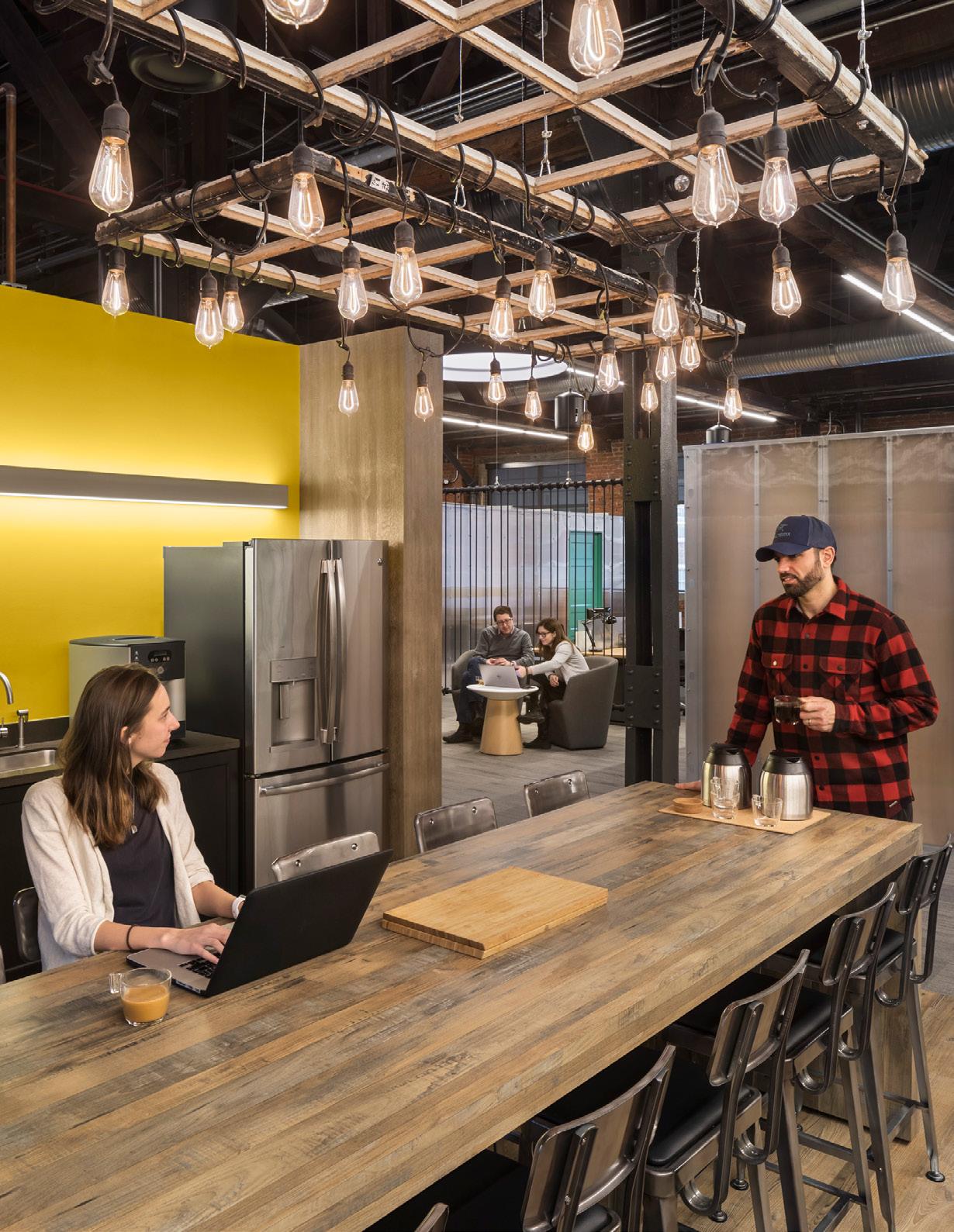
42 PERKINS EASTMAN
Future Projections
Fewer permanent/assigned workstations and more unassigned touchdown/shared spaces supported by a robust reservation system
Single-size offices to increase space efficiency and flexibility
Interchangeable office and collaboration room sizes with a limited kit of parts to increase space efficiency and flexibility
Less personal workspace / more communal and collaborative space
Demand for higher quality (e.g. new and Class A) spaces with premium amenities and resilient construction
Inclusion of high quality filters and efficient HVAC systems
Flexible and short-term lease contracts
Embedded technology to support work and collaboration, including virtual, face-to-face and hybrid interactions
Enhanced focus on employee health and well being, such as hands-free technology and improved HVAC systems to prevent the spread of airborne diseases
The workforce has evolved:
Mobile & Flexible
Digitally Habituated
Focused on Well-Being
The workplace must become:
Communal Destination - Acts as a collaborative and vibrant landing-place for agile workers.
Blended Environment - Leverages digital technologies and physical space to enable mixed modalities.
Healthy Harbor - Enhances employee well-being while protecting their health & safety.
43 BENCHMARKS I WORKPLACE
CREDITS
Author: Design Strategy
Cover Image: Copyright Andrew Rugge, Perkins Eastman
Photography: Copyright Andrew Rugge, Perkins Eastman pages 4, 6, 8, 13, 15, 17, 27, 29, 31, 42
Photography: Copyright Sarah Merchling, Perkins Eastman pages 25, 33, 35
Photography: Copyright Sakeenah Saleem, Perkins Eastman pages 37, 39
Photography: Copyright Perkins Eastman page 13
Photography: Copyright Paul Rivera page 11
Photography: Copyright Chris Cooper page 23
Photography: Copyright Connie Zhou page 40
Graphics Copyright: Perkins Eastman pages 5, 7,9, 10, 13, 14, 17, 18, 21, 23, 24, 27, 28, 31, 32, 35, , 36, 39, 43, 45
Icons: The Noun Project pages 5, 7,9, 10, 13, 14, 17, 18, 21, 23, 24, 27, 28, 31, 32, 35, , 36, 39, 43, 45
Check out our Insights:
For more information about our research, we encourage you to visit Perkins Eastman Insights, the firm’s primary digital editorial publication platform. Insights has become a flagship publication for thought leadership at the firm, which includes original articles, interviews, white papers, and publications that showcase our Human by Design ethos. This original content features ideas about the spaces where we live, work, learn, play, and heal, spanning all practice areas and services offered by the firm. By engaging with other thought leaders in industries outside and adjacent to architecture, planning, and design the blog curates an interdisciplinary lens that targets how design can affect positive change in the world.
https://www.perkinseastman.com/insights/





















































































































































































































































































































































